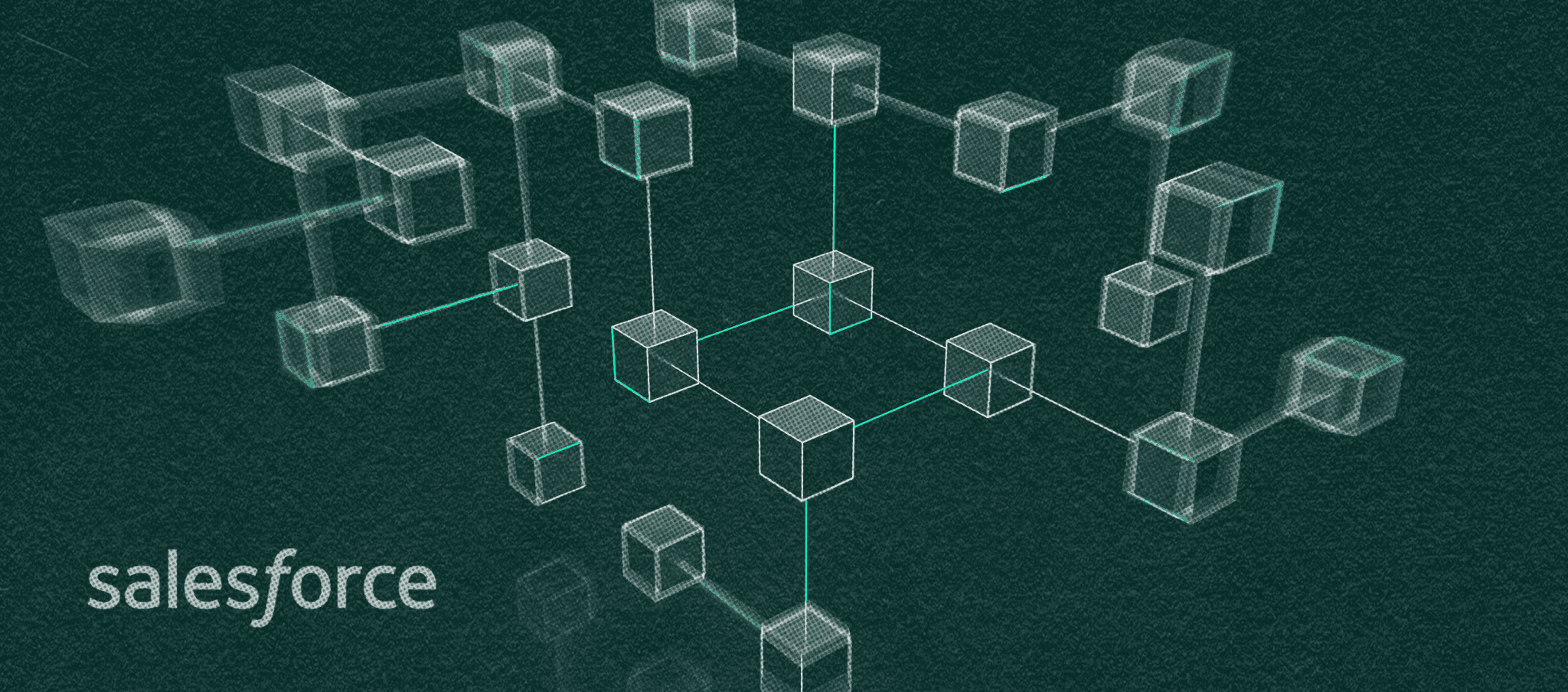Email marketing calendar: 7 essential steps to organize your campaigns
Joey Lee
May 26, 2025
A quick glimpse into email marketing calendars
An email marketing calendar is a schedule that outlines the planned email campaigns for a specific period.
It helps marketers plan and execute campaigns systematically, ensuring that each campaign is well-thought-out and aligns with the overall marketing strategy.
By utilizing an email marketing calendar, marketers can avoid last-minute chaos and improve consistency in their email communications.
What is an email marketing calendar?
An email marketing calendar is a strategic schedule that outlines your upcoming email campaigns, typically spanning weeks or months into the future. It enables you to align your marketing objectives with specific send dates, ensuring optimal content delivery to your target audience.
By planning ahead, you can create a cohesive and effective email marketing strategy that supports your overall business goals.
A well-maintained calendar offers several key benefits:
Keeps your team informed and organized
Provides clear overview of planned content
Outlines targeted audience segments
Defines specific campaign goals
Facilitates team collaboration
Strategic planning is essential for executing successful email marketing campaigns. It allows you to prepare for important dates like:
Product launches
Seasonal promotions
Industry events
By mapping out your email schedule in advance, you can avoid last-minute rushes and maintain consistent messaging. This organized approach helps ensure you deliver value to your subscribers regularly and effectively.
Why is an email marketing calendar essential?
An email marketing calendar is a crucial tool for maintaining consistent touchpoints with your audience. By planning and scheduling your emails in advance, you can ensure that your subscribers receive regular communication from your brand, keeping you top-of-mind and fostering strong relationships. Maintaining consistent engagement is vital for keeping subscribers engaged.
A well-maintained calendar enhances team collaboration and reduces redundant tasks. With a clear overview of upcoming campaigns and deadlines, your team can work together more efficiently, avoiding duplicated efforts.
Preventing subscriber fatigue is another key benefit of an email marketing calendar. By planning campaigns in advance, you can avoid overwhelming your audience with too many messages. Sending two to three emails per week often maximizes engagement while maintaining the right balance.
An email marketing calendar also provides valuable data and insights for continuous improvement. By tracking campaign performance over time, you can:
Identify trends and patterns
Measure successes
Spot areas for improvement
This data-driven approach allows you to make informed decisions and ensure your email marketing remains effective and relevant to your audience.
7 steps to building your email marketing calendar
Creating an effective email marketing calendar is vital for any successful campaign.
We've broken down the process into manageable steps to help you develop a comprehensive plan.
This guide will walk you through every crucial element - from defining your target audience to scheduling your emails. By following these steps, you'll create a well-structured email marketing strategy that's ready to deliver results.
Step 1: Define your campaign goals
The foundation of any successful email marketing campaign is a clear understanding of your objectives. Are you aiming to boost sales performance, drive website traffic, or increase brand awareness?
Once you've identified your primary objectives, map them to specific success metrics. If your goal is to generate sales, focus on key performance indicators (KPIs) such as:
Conversion rate (CVR)
Revenue per email (RPE)
Revenue per subscriber (RPS)
According to industry benchmarks, a successful CVR range is 2–5% on average, with top performers reaching 4.77–6% conversion rates for specific actions like newsletter signups.
It's crucial to align your email campaign goals with your broader marketing initiatives. This holistic approach helps create a cohesive customer experience and maximizes impact. For instance, if your strategy emphasizes customer retention, focus on nurturing long-term relationships through personalized content and targeted product recommendations, which can increase revenue by 20-30%.
By setting clear objectives and identifying relevant success metrics, you'll lay the groundwork for a data-driven approach to email marketing. Top-performing brands combine these metrics with granular subscriber analytics to fine-tune their campaigns and achieve optimal results.
Step 2: Identify your audience segments
To effectively target your email marketing campaigns, it's essential to segment your audience based on demographics, behaviors, and interests.
Advanced segmentation strategies allow you to create highly specific segments by combining multiple data points, such as purchase history and engagement metrics. This ensures that your content resonates with each subgroup, leading to enhanced engagement and conversion rates.
When implementing advanced segmentation, consider using techniques like:
RFM modeling (focusing on recency, frequency, and monetary value)
Psychographic segmentation (grouping by lifestyle, interests, personality traits, and values)
To maximize effectiveness, it's crucial to integrate your data across platforms. This means combining insights from your CRM, marketing automation, and social media channels to create a holistic view of your customers.
For distinct audience segments with significantly different preferences, consider creating separate calendars to ensure relevant content delivery.
Success comes from continuously monitoring and updating your segments. Leverage advanced tools like Klaviyo and CRM systems to create highly targeted campaigns that drive results.
Step 3: Choose the right email types
When crafting your email marketing strategy, it's crucial to select the appropriate email types that align with your goals and engage your audience.
The main email categories include:
Newsletters to keep subscribers informed
Product updates to showcase new features
Promotional emails to offer special deals
Re-engagement emails to reconnect with inactive subscribers
To maximize effectiveness, timing is everything. Email marketing best practices suggest sending newsletters at the start of each month. Schedule promotional emails during mid-month sales periods. Release product updates around new launches, and target inactive subscribers with re-engagement emails toward month-end.
Track your success using optimal timing and metrics to refine your approach.
Keep your newsletters fresh by incorporating content variety. Mix up your content with:
Informational articles
Industry news
Case studies
Interactive elements (polls/surveys)
This diversity helps maintain subscriber interest and encourages ongoing engagement with your brand.
Step 4: Plot key dates & holidays
Early planning is essential for successful holiday email marketing campaigns. Start in October to reach early shoppers and avoid competing with the flood of holiday emails.
Focus on these major shopping milestones:
Black Friday
Cyber Monday
Christmas
New Year's
Don't overlook smaller holidays that could resonate with your specific audience.
Effective campaign strategies should include:
Gift guides
Exclusive offers
Limited-time promotional codes
Festive visuals with mobile responsiveness
Clear "Shop Now" CTAs above the fold
Timing and preparation are crucial for smooth execution. Note important deadlines and prep times to avoid last-minute rushes. Schedule emails during quieter periods based on historical open-rate data.
Know your audience's preferences. Younger demographics often engage better with TikTok-style video snippets, while older groups typically prefer straightforward discount offers.
Maintain consistent messaging across all marketing channels. Ensure your email campaigns align with your brand's overall holiday marketing strategy.
Don't forget about post-holiday opportunities. Consider launching:
BOGO deals
"Treat Yourself" campaigns
Promotions targeting gift card recipients
Special offers for customers with returns
By implementing these strategies and staying organized, you can create an impactful holiday email marketing plan that drives engagement during retail's busiest season.
Step 5: Establish your sending frequency & timing
Choosing the right timing for your email campaigns is crucial for maximizing engagement and minimizing unsubscribes.
Research shows the most effective days to send emails are:
Tuesday, Wednesday, and Thursday for both B2B and B2C
Tuesday being particularly high-performing
Friday afternoons for B2C specifically
The optimal sending times vary by audience type:
B2B: Morning hours between 9-12 EST
B2C: Late afternoon, typically 4 PM to 6 PM
It's important to note that these are general guidelines, as results can vary significantly by industry. Klaviyo's research and Moosend's findings emphasize the importance of understanding your specific sector's preferences.
To establish your optimal schedule, focus on creating a consistent rhythm for brand recognition and predictability. Audience behavior analysis should guide your decisions.
Regular testing is essential for success. Conduct ongoing tests of different days and times to find what works best for your unique audience and maximize your email marketing effectiveness.
Step 6: Create content & design in advance
Planning your email content and design in advance is crucial for a smooth and efficient workflow. Start by outlining your subject lines, preheaders, and main copy in your content calendar. This will give you a clear overview of your upcoming campaigns and help you stay organized.
Email design requires consistency across all campaigns. Ensure your email templates align with your brand's visual identity by using a modular design system that includes reusable content blocks for common elements like headers, footers, and product showcases.
Consider developing a base template library that shares core branding elements while allowing for layout customization based on campaign needs. This approach maintains brand consistency and enables rapid campaign assembly.
For engaging layouts, focus on these key design principles:
Z-pattern layouts for left-to-right readers
Inverted pyramid structures that prioritize critical information
Accessibility features like sufficient color contrast and alternative text for images
Responsive design for mobile optimization
Touch-friendly call-to-action buttons (minimum 44x44 pixels)
Streamline your content creation by batching your work. Creating multiple email campaigns in one sitting helps maintain a consistent tone and style. This approach makes it easier for team review and approval while keeping you ahead of your email marketing schedule.
Step 7: Monitor progress & adjust
Continuous monitoring of key performance indicators (KPIs) is essential for refining your email marketing strategy. By analyzing "marketing analytics", you can gain valuable insights into your campaigns' effectiveness.
Key metrics to track include:
Open rates
Click-through rates (CTR)
Unsubscribe rates
Based on your KPI insights, you can "optimize your email strategy" to better connect with your audience. For instance, if emails perform better at specific times, adjust your schedule accordingly. When certain content drives higher engagement, create more of it.
Personalization has proven crucial for success, as shown in various "personalized email marketing" case studies. The American Library Association (ALA) demonstrated this by segmenting subscribers based on:
Past engagement
Purchase history
Lifecycle stages
"Strategic segmentation", as implemented by Island Olive Oil Company, has been particularly effective in driving revenue growth through targeted messaging.
Long-term success requires constant iteration and quick adaptation. Use "automation tools" like Klaviyo and Omnisend to streamline your testing and refinement process. Stay agile and responsive to your audience's preferences to maximize your email marketing ROI.
Putting it all together
The benefits of a structured email marketing calendar are clear. It saves time, keeps your team organized, and ensures that your messaging is consistent and effective. By planning ahead and mapping out your campaigns, you can avoid last-minute scrambles and ensure that every email you send is purposeful and on-brand.
The payoff for this upfront planning is significant. Not only will you save countless hours in the long run, but you'll also see a boost in your email marketing results.
With a clear strategy in place, you can create more targeted, personalized campaigns that resonate with your audience and drive conversions. Creating an effective email marketing calendar is easier said than done. That's where a specialized email marketing partner can help.
By working with email marketing experts, you can get guidance on:
Strategy development
Campaign execution
Performance optimization
At Scalero, we offer comprehensive Email Marketing solutions to help businesses like yours fully implement a powerful calendar strategy. Our team of experts can help you leverage advanced data analytics and personalization to create campaigns that drive engagement and conversions.
With our support, you can take your email marketing to the next level and achieve the results you've been dreaming of.





